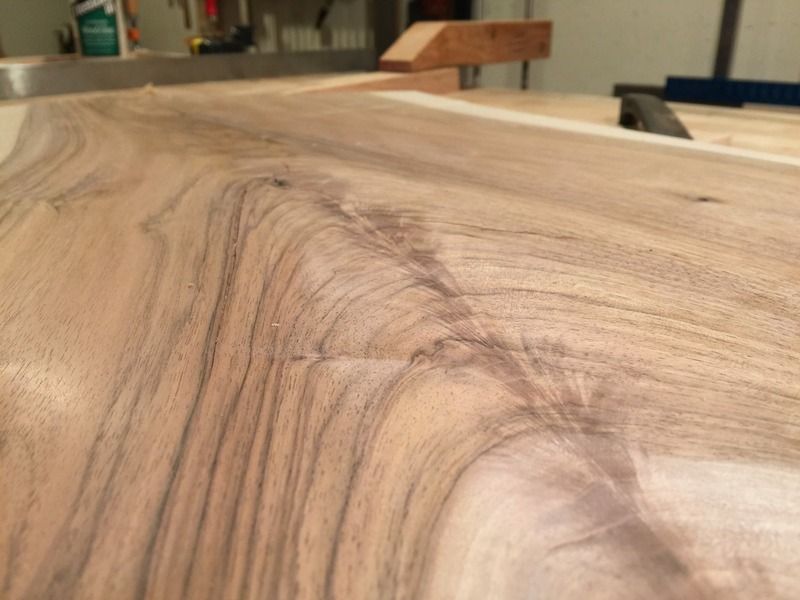The main electric tool in my shop is a sander and I'd like to use hand tools to finish the wood but I'm curious as to how well a scraping plane or smoothing plane can finish a project compared to sand paper.
General I use oil finishes but sometimes stain for contrast. Finishing is my weak area in overall knowledge and wanted to get others opinions on this subject.




 Reply With Quote
Reply With Quote











